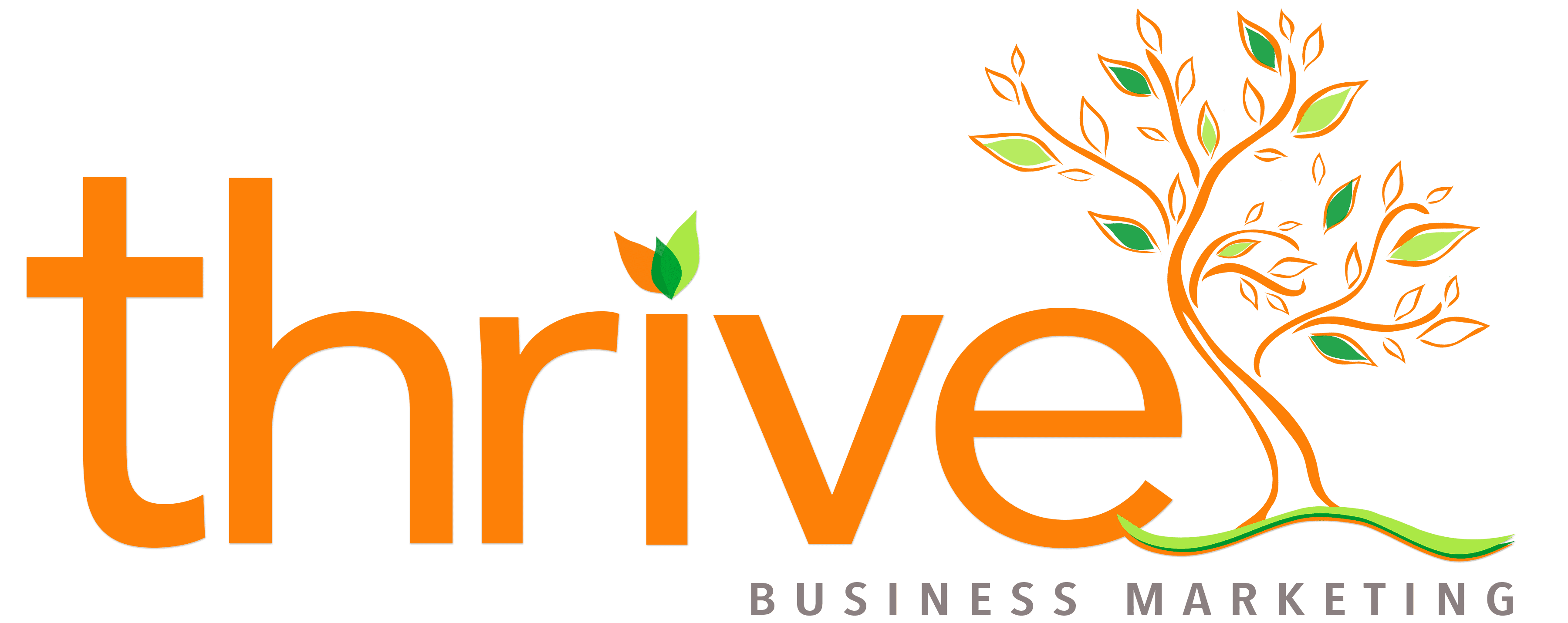 There is a new feature being rolled out by Google Analytics that’s called User Explorer that is offering website owners the ability to see, on anonymized basis, very specific visitor interactions across their website.
There is a new feature being rolled out by Google Analytics that’s called User Explorer that is offering website owners the ability to see, on anonymized basis, very specific visitor interactions across their website.
Here is a description of the feature that was described in Google’s latest release notes earlier this week:
User Explorer Reporting: A new set of reporting in Google Analytics that allows customers to anonymously analyze individual interactions to their website. User Explorer utilizes your existing anonymous Google Analytics data to deliver incremental insights [fusion_builder_container hundred_percent=”yes” overflow=”visible”][fusion_builder_row][fusion_builder_column type=”1_1″ background_position=”left top” background_color=”” border_size=”” border_color=”” border_style=”solid” spacing=”yes” background_image=”” background_repeat=”no-repeat” padding=”” margin_top=”0px” margin_bottom=”0px” class=”” id=”” animation_type=”” animation_speed=”0.3″ animation_direction=”left” hide_on_mobile=”no” center_content=”no” min_height=”none”][and] helps marketers obtain valuable insights need to improve and optimize their site. The feature is now available in the Audience sections. Anonymous Client ID and User ID will be surfaced in this report as a part of the release.
When you check out the main User Explorer page, you’ll see a list of client IDs that have been collected from visitors’ devices and browsers, along with some basic data that includes session count, average duration, bounce rate, revenue, transactions and goal conversion rate. When it comes to the individual report for client IDs, Google Analytics will show the user’s activity history, as well as time stamps fer each site interaction. If you want specific information on user data, you can filter it by PageView, Goal, E-Commerce or Event. Individual entries can be clicked for additional data.
Below is an example of Marketing Land’s visitors yesterday. The blurred out sections are for the safety of the client ID.

By looking at the above image, we see that this particular visitor read the Facebook Facebook F8 live blog at 12:56 pm ET, Later, the user viewed it again at 2:25 pm after the article had been renamed. The visitor checked out the article once again at 6:57 pm after the live blogging was finished and the final headline had been named. The user saw an overlay ad promoting Marketing Land’s Social Pro conference scheduled for this summer. The user returned 15 minutes after that and clicked the link in their mosaic and read the story on final time.
With this new Google Analytics feature available for use, this could spell bad news (according to what one user said on Twitter) for platforms, such as Marketo, Eloqua and Pardot.
Google Analytics’ “User Explorer” report that came out in beta a week ago is bad news for @Marketo @Eloqua @Pardot pic.twitter.com/zVNaPpzJAB
— Vineet (@vivalavineet) April 10, 2016
User Explorer was first noticed back in late March by some users. There are some accounts that could have access to the User Explorer feature, and is located int he Audience tab, right after another beta report, Cohort Analysis.
Source – Matt McGee[/fusion_builder_column][/fusion_builder_row][/fusion_builder_container]

